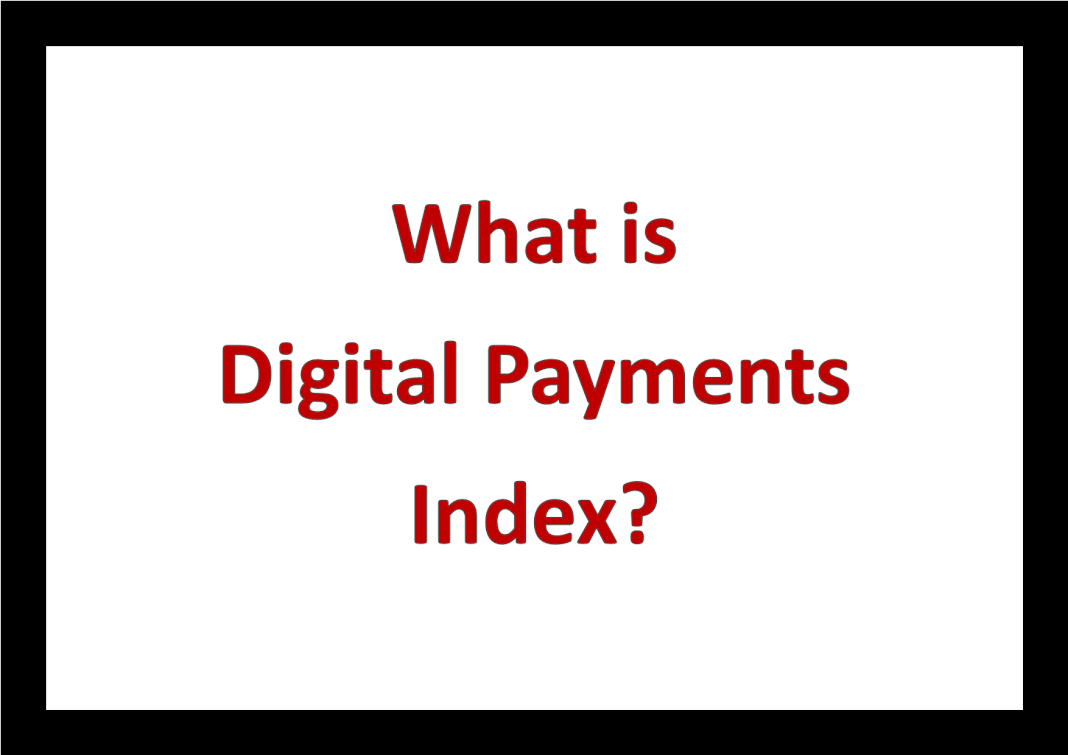The RBI has constructed a composite Digital Payments Index (RBI-DPI) to measure the extent of digitisation of payments across the country. It is based on multiple parameters and reflects the expansion of various digital payment modes accurately. The RBI-DPI is a first-of-its kind index to measure the spread of digital payments across the country. It contains five broad parameters that measure the deepening and penetration of digital payments in the country over different time periods.
- Payment Enablers with a weight of 25% (Internet, mobile, Aadhaar, bank accounts, participants, merchants)
- Payment Infrastructure – Demand-side factors weight 10% (Debit and credit cards, PPIs, Customers registered in mobile and internet banking, FASTags),
- Payment Infrastructure – Supply-side factors weight 15% (Bank branches, BCs, ATMs, PoS Terminals, QR Codes, Intermediaries),
- Payment Performance – weight 45% (Digital payment volumes, value, unique users, paper clearing, currency in circulation, cash withdrawals) and
- Consumer Centricity weight – 5% (awareness and education, declines, complaints, frauds, system downtime).
Each of these parameters have sub-parameters which, in turn, consist of various measurable indicators. The base period of the index is March 2018, and the score is 153.47 and 207.84 respectively for March 2019 and March 2020, indicating a significant increase in digital payments (reached 304 for September 2021). The index has been published on a semi-annual basis from March 2021 onwards with a lag of 4 months.










